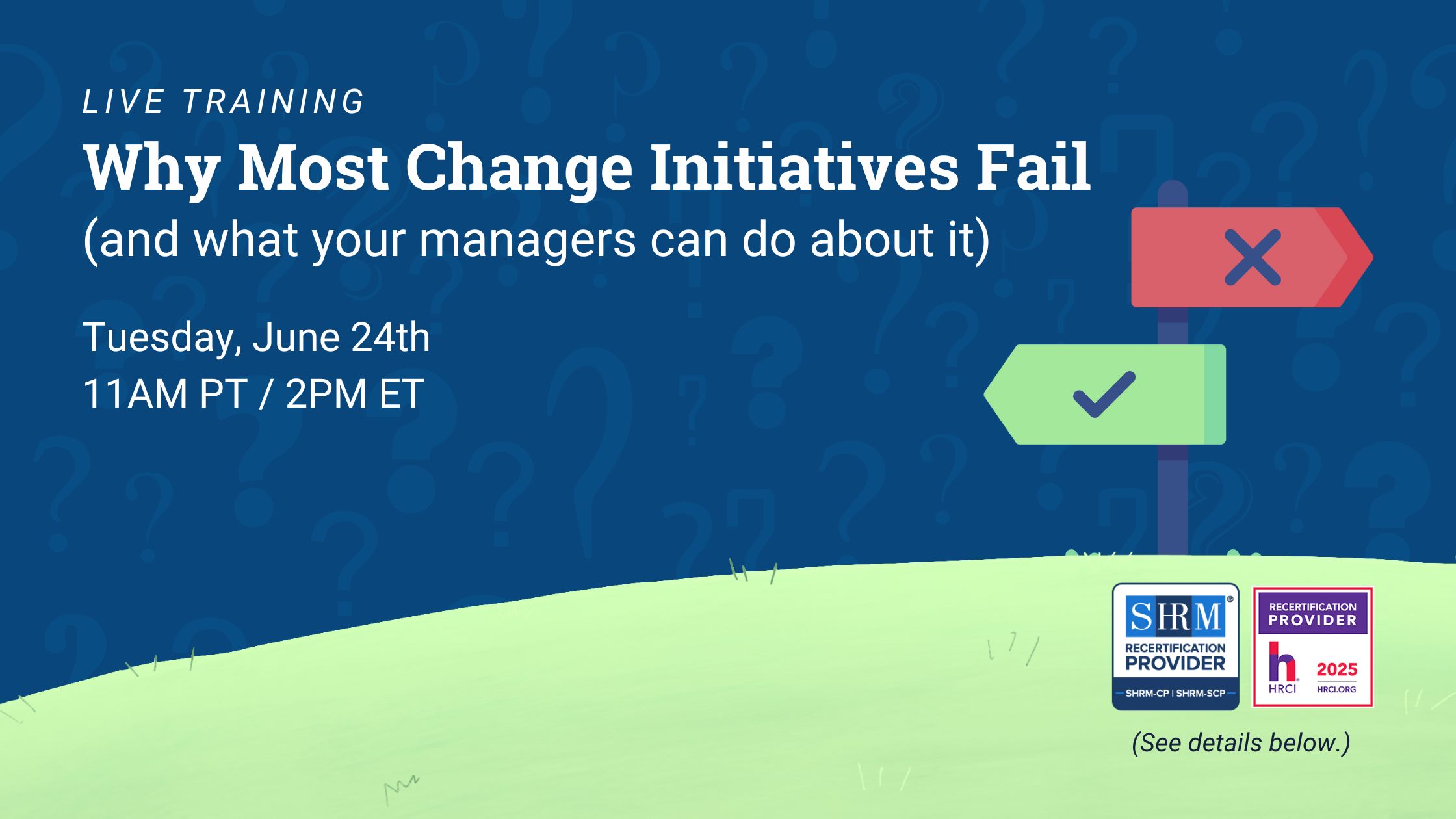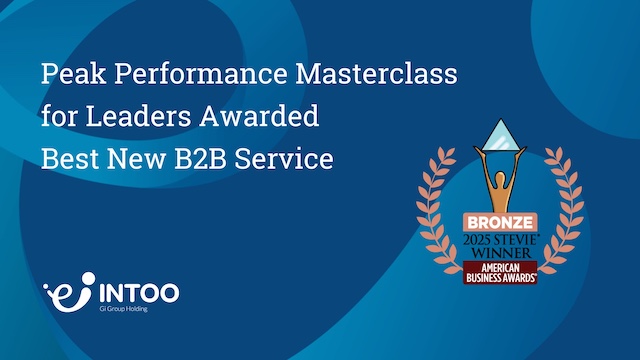Finding the right candidate for a position can be challenging, especially if your business operates in a competitive industry in which you are required to compete for most talented candidates. With this in mind, many organizations now create career pages and even standalone websites to help differentiate themselves from other businesses and leave positive impressions on job seekers.
However, why does your business need a tool like this? And if your business does already have a careers page/site, what do you need to add to it to make it effective? In this guide, we teach you how to make appealing career pages that strengthen your reputation as an employer and ensure you are providing outstanding candidate care.
Why Do You Need a Career Site?
First impressions are key. Indeed, when a candidate looks into your business, their first impression of your company can heavily influence their decision to apply to any open positions you may be looking to hire for. Career pages and sites offer job seekers a curated introduction to your brand and set expectations for potential employees. These tools should market your company as a great place to work by highlighting its desirable aspects. Well-designed career pages also improve candidate experience, which can have a positive impact on the wider reputation of your brand.
So with this in mind, how should your organization go about creating a successful career page or standalone site? Below we take a look at a number of characteristics that all effective career pages share and which you may want to emulate.
How to Create an Effective Career Page
1. Make it easy to find
Having a career page or site that is hard for job seekers to access will drastically reduce the number of applicants you’ll receive. It’s important to make this resource easily accessible by featuring its links in multiple locations. For example, your main website may display an internal link to the career page or standalone site in its footer. Employers may even promote the pages on professional networking sites like LinkedIn or include the links on social media posts.
2. Highlight core brand values, benefits, and perks throughout
Career pages and sites should act as an advertisement for why job seekers want to work with your brand. Aspects like your core values and workplace perks will differentiate your organization from competing employers, so it’s crucial to mention them on the site. You can also use the page to share with applicants any career development programs that you offer and attract job seekers who are interested in career advancement opportunities.
 3. Optimize it for search
3. Optimize it for search
Knowing how to improve the search rank of your career page/site on search engine sites will make it easier for professionals to locate your website and apply for positions. Companies can use industry-specific keywords in their job listings to make the pages more relevant to their target candidates. Job titles should also be written as an exact match to what applicants are searching for online. While this will involve conducting keyword research, a few simple tweaks can make a big difference.
4. Make it interactive and engaging
Once job seekers find your career page/site, you’ll want to hold their attention and keep them from moving on. Make sure the page design is appealing and easy to navigate for users. Including pictures, videos, and clickable tabs will add interactivity and variation to your site. The career page may also have tools in place that help people with applying, such as personal detail prepopulation features and resume builders.
5. Include employee testimonials
Highlighting the opinions of current employees on the career page/site will give candidates valuable insight into your company’s culture and workplace experience. Positive testimonials will also show applicants that your organization is a respectable employer. Including real names, pictures, and videos of your current team can introduce job seekers to their potential team members.
6. Make job descriptions clear and to the point
Eliminate confusion for your candidates by creating concise job descriptions that answer common questions about the position. List the necessary qualifications and work responsibilities that come with the job to ensure people know what exactly they are applying for. Professionally written descriptions also give job seekers a better impression of your company.
 7. Ensure the application process is quick and simple
7. Ensure the application process is quick and simple
One way to improve the experience of your candidates is to avoid wasting their time with a complicated application process. Reduce the steps involved in the application process to make applying to your company more appealing to job seekers. A career page can clearly indicate which link candidates should click to fill out an application.
Remember—employers who want to attract the best possible talent must leave strong impressions on potential applicants before, during and after the application process. By creating a dedicated and fully engaging careers page/site—using the top tips above—you stand the best chance of not only attracting the best talent for your business, but also boosting the wider reputation of your company. INTOO offers scalable, cost-effective candidate experience solutions that establish your reputation as an employer of choice. Our easy-to-set-up platform demonstrates your brand’s focus on career development by offering job search tools to improve your applicants’ candidacy. Contact us to learn how INTOO’s Candidate Care can enhance your candidate experience.


 3. Optimize it for search
3. Optimize it for search 7. Ensure the application process is quick and simple
7. Ensure the application process is quick and simple








